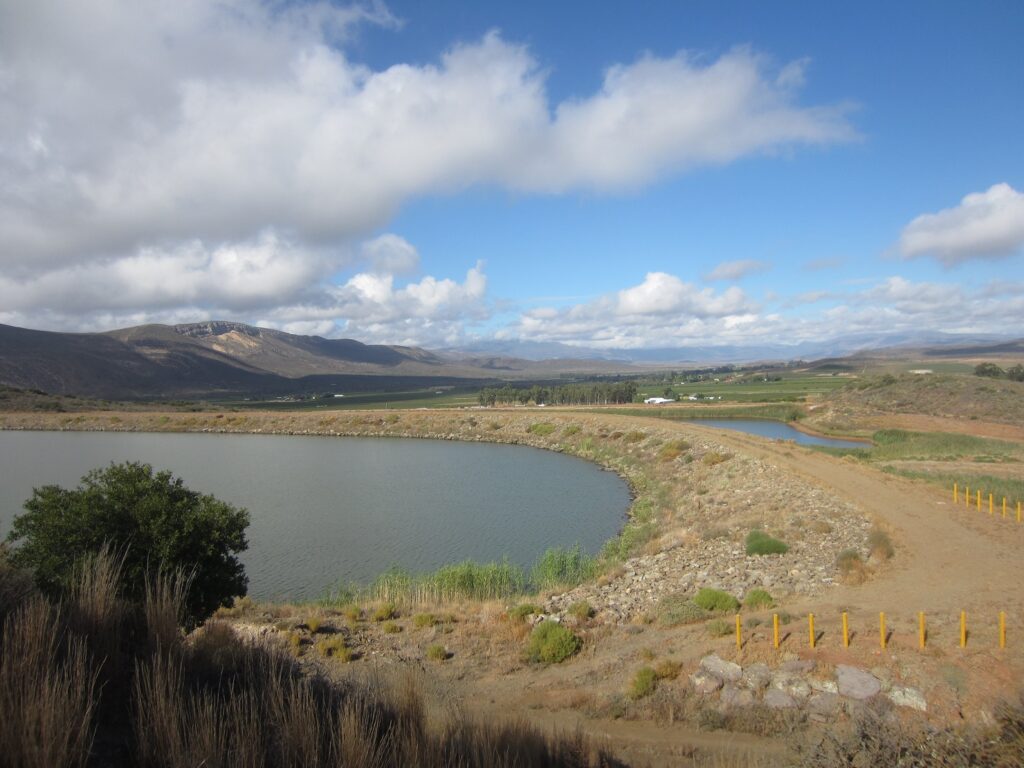Viticulture research
More results...
In-field fractional use of winery wastewater with raw water (Part 4): Grapevine and wine responses
The objective of this study was to determine the effect of irrigation with in-field fractional use of winery wastewater with raw water on grapevine growth, yield and wine characteristics.
The grapevine collection at ARC Infruitec-Nietvoorbij
The history of a public grapevine cultivar collection can be traced back to Prof. A.I. Perold, the well-known “father” of Pinotage, who wore many different hats during his career as one of the pioneers in modernising the South African grape industry.
In-field fractional use of winery wastewater with raw water (Part 3): Soil responses
The aim of this study was to determine the effect of in-field fractional use of winery wastewater with raw water for vineyard irrigation on the chemical status of different soils to assess the fitness for use of winery wastewater for irrigation of different soil types with varying rainfall.
Vergelegen innovates with new Cabernet Sauvignon plantings and trellis system
Vergelegen Wine Estate in Somerset West is making strategic investments in new Cabernet Sauvignon plantings, and experimenting with an alternative trellis system, as part of its ongoing commitment to expressing its unique terroir. This initiative also supports the renowned estate's focus on sustainable viticulture.
Confronting Climate Change
The 2024 Confronting Climate Change industry benchmark process builds on 2022 - 2023 datasets and provides a meaningful platform for the South African fruit and wine industries to improve their understanding of the use of fossil fuel-based resources and to reduce emissions over time.
Understanding and controlling Phomopsis (‘streepvlek’) in Western Cape vineyards
The primary aim of this project was to identify the specific Diaporthe (= Phomopsis) species responsible for Phomopsis cane and leaf spot (‘streepvlek’) and to assess the efficacy of fungicides currently in use.















